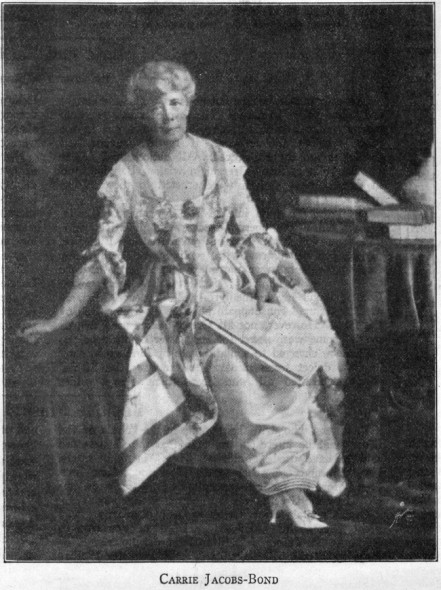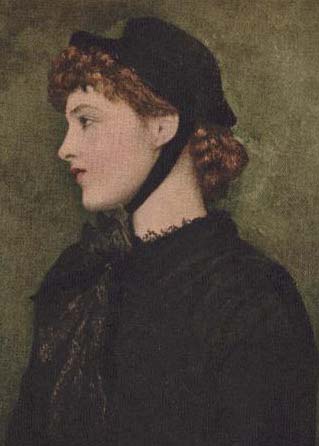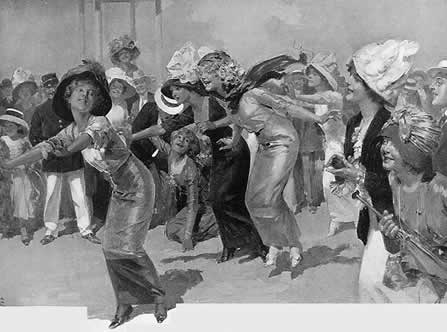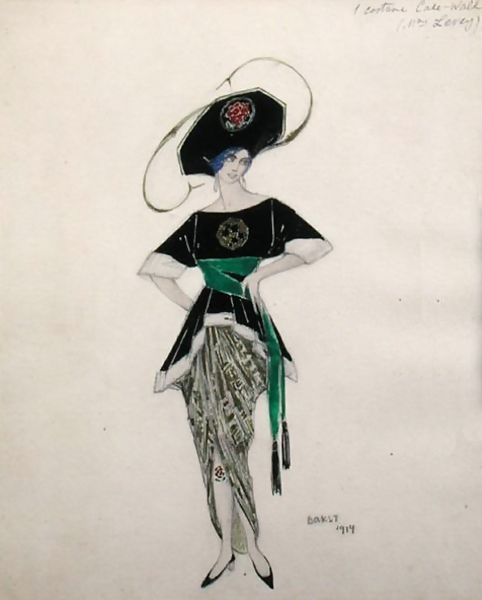In the summer of 1885, Karl Pearson founded The Men and Women’s Club with the aim to discuss “all matters…connected with the mutual position and relation of men and women.” Pearson drew his members from middle-class liberals, socialists, and feminists, and over the lifespan of the club (1885-1889), discussions ranged from sexual relations in Periclean Athens to the position of Buddhist nuns, to sexuality and its relation to marriage, prostitution, and friendship. In essence, The Men and Women’s Club existed to challenge the long-held norms for male and female interaction as well as notions of “proper” sexuality. In late Victorian England, where sexuality was seen by many as “base” and “animal” and ignorance of women’s bodies and all things concerning sex was widespread, discussion of such issues was indeed radical.
In 1885 Karl Pearson was twenty-eight, and an ardent eugenicist who believed that women were the key to national progress. In the club’s inaugural paper, “The Woman’s Question,” he reflected on what changes would occur should women gain access to education, professions and political representation. His treatise was ironically reflected in the make-up of the club, for many of the women felt themselves to be intellectually inferior to the men, who were of Pearson’s background: “radical liberal or socialist in their politics, and employed as lawyers, doctors, or university lecturers. They shared similar public school and Oxbridge backgrounds and were further linked through membership of the same West End men’s clubs: the Saville, the National Liberal Club, the Athenaeum.” Although a number of the female members were economically independent as teachers, writers or journalists, only one had been to university, and all but two were single.
The club’s constitution declared that it would meet monthly, consist of no more than twenty members, and be composed of equal numbers of men and women. They met in each others’ homes, although generally at the house of a male member, with half of the club’s thirty-six meetings taking place at the house of club’s President, Robert Parker, a barrister living in Brunswick Gardens, Kensington, the heart of respectable London. Once at the meetings, the men and women found it difficult to reconcile their gender privileges and marginalization, particularly on the subjects of the role of religion, emotion, and a woman’s individual rights and social obligations.
The club’s most famous female member was Olive Schreiner, a missionary’s daughter whose fictionalized account of her life in South Africa, The Story of an African Farm, made her a celebrity overnight. Schreiner was vocal in her challenge of commonly-held conceptions of female sexuality. Her belief that women experienced sexual pleasure intrigued the male members and horrified the female members. Pearson did propose that sex, even among animals, was never solely for procreation, but was also a “physical pleasure like climbing a mountain, but his support of uninhibited female sexuality fell short: like most “New Men,” who criticized and heralded the end of the patriarchal era but looked with fear towards the new feminist order, and was terrified and disoriented by any signs of female sexual agency in the flesh. Another bone of contention between the men and women was the former’s avoidance of taking responsibility for male sexuality vs the women’s attempt to encourage accountability. Not surprisingly, club members were not sexually adventurous and showed little enthusiasm for free-love doctrines.
The Men and Women’s Club disbanded in 1889, mainly due to the dissatisfaction of the men in the women members. In the eyes of Pearson and his peers, the women proved incapable of the level of scientific work the men demanded, they were serious but did not go very deep, and they were frustrating adversaries. By the end of the club’s existence, club meetings became increasingly deadlocked and stalemated, and neither side found satisfaction in the tone and objective of discussions. While most of the group drifted apart, crossing paths due only to their common social and political circles, Pearson went on to become the premiere voice on the “Woman Question” during the 1890s. His writings were read in Britain and America, and feminists on both sides of the Atlantic viewed him with much respect, using much of his rhetoric to push for legislative reform for women. Despite the short-lived club, its very existence was radical and startling, and very much a product of the late nineteenth century, a time when long-held assumptions and social norms were being challenged by men and women of all walks of life. The topic of female sexuality and gender roles remain today, but for this time, it was extraordinary that a small group of men and women could come together for four years to shatter norms.
Further Reading:
Science, feminism and romance: The Men and Women’s Club 1885-1889 by Judith R. Walkowitz
The real facts of life: feminism and the politics of sexuality, c1850-1940 by Margaret Jackson
City of dreadful delight: narratives of sexual danger in late-Victorian London by Judith R. Walkowitz
Banishing the beast: feminism, sex and morality by Lucy Bland
The facts of life: the creation of sexual knowledge in Britain, 1650-1950 by Roy Porter & Lesley A. Hall
Scandalous Lovers by Robin Schone





Very interesting! I’ve never heard of this club, but it sounds fascinating.
And the idea that women might enjoy sex… shocking! 😉
Fascinating post. Someone should use this in a historical novel. Hmm!
From the 1790s right up till the Edwardian era, I have been excited by the idea of intellectual salons that usually specialised in literature, music or the visual arts. Almost always run by a woman, eg Berta Zuckerkandl in http://melbourneblogger.blogspot.com/2009/02/berta-zuckerkandl-viennas-saloniere.html had equal numbers of men and women, and all comment was acceptable, as long as the speaker was witty and thoughtful. But I bet the women didn’t use their 50% of the available “air time”.
Karl Pearson’s The Men and Women’s Club was in the right time period (1885-9) but the name of the Club, and the content of the discussions, seems far more politically provocative, doesn’t it. And it came just at the right time for the emerging Women’s Movement. So I wonder if the club was written out of intellectual history studies intentionally.
Many thanks… I will look for some more references during these long summer holidays.
Hels
Art and Architecture, mainly
That’s provocative itself. I do know that none of my late Victorian/Edwardian reference books–of which there are a considerable number–do not mention this club, even when they discuss the Fabian Society and the growth of Socialism. I only know about this club because erotic romance author Robin Schone used it in one of the more recent releases. My search on Google Books, from which my sources are culled from, found mentions of the club only in academic books about female sexuality and eugenics in the late 19th century.